
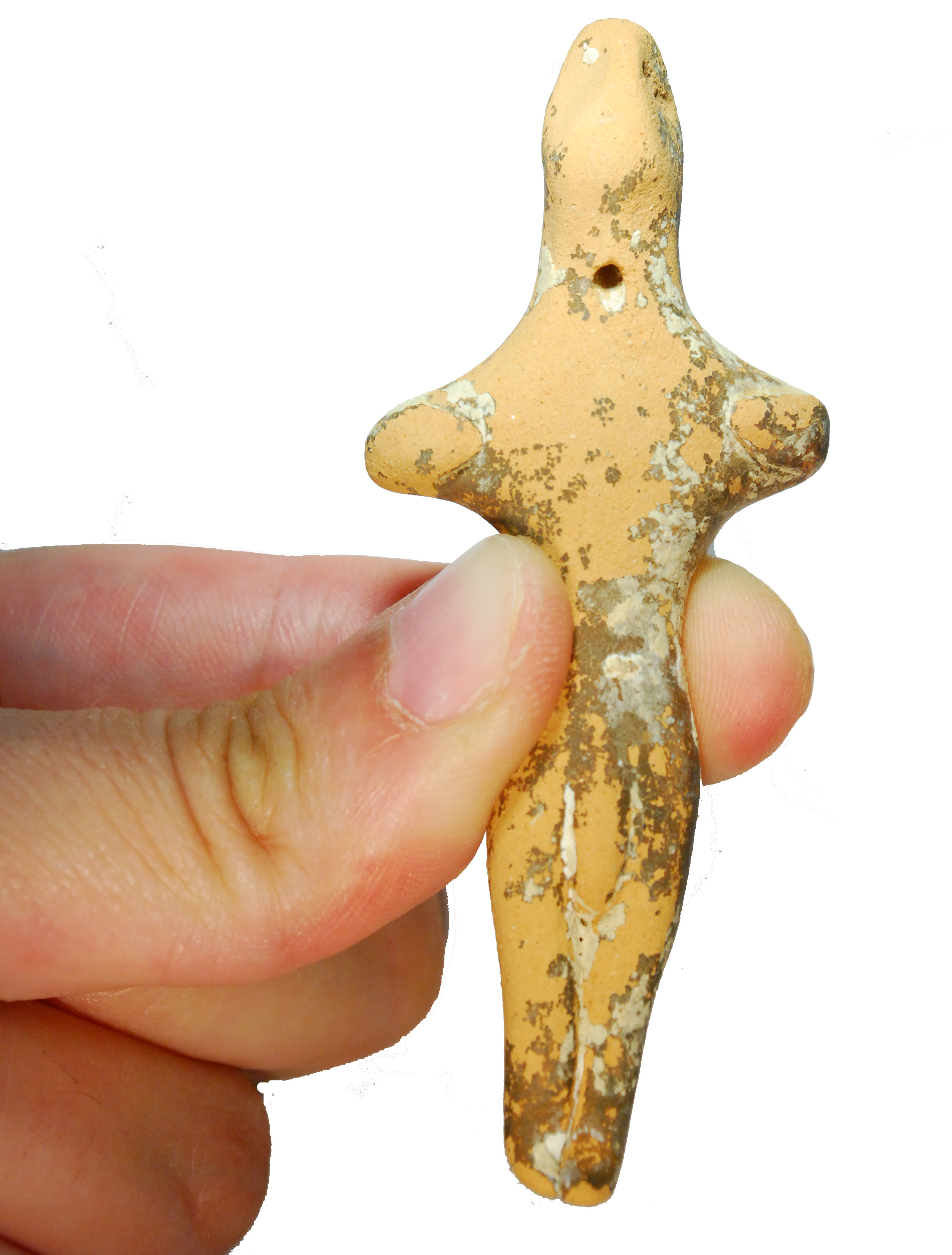
Projects &
Fieldwork
Ελληνικά



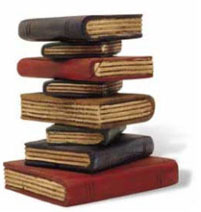
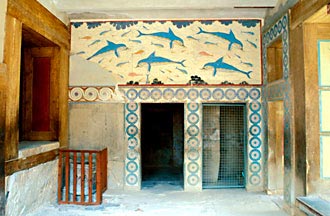
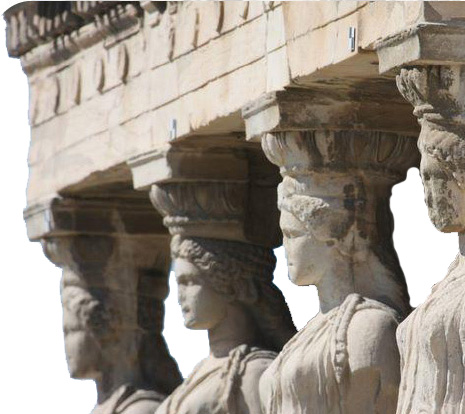

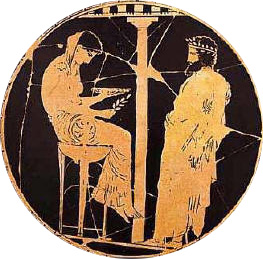


Projects &
Fieldwork
Ελληνικά








Projects &
Fieldwork
___________________________________________________________________________________________________________
Knowledge Exchange Projects
___________________________________________________________________________________________________________
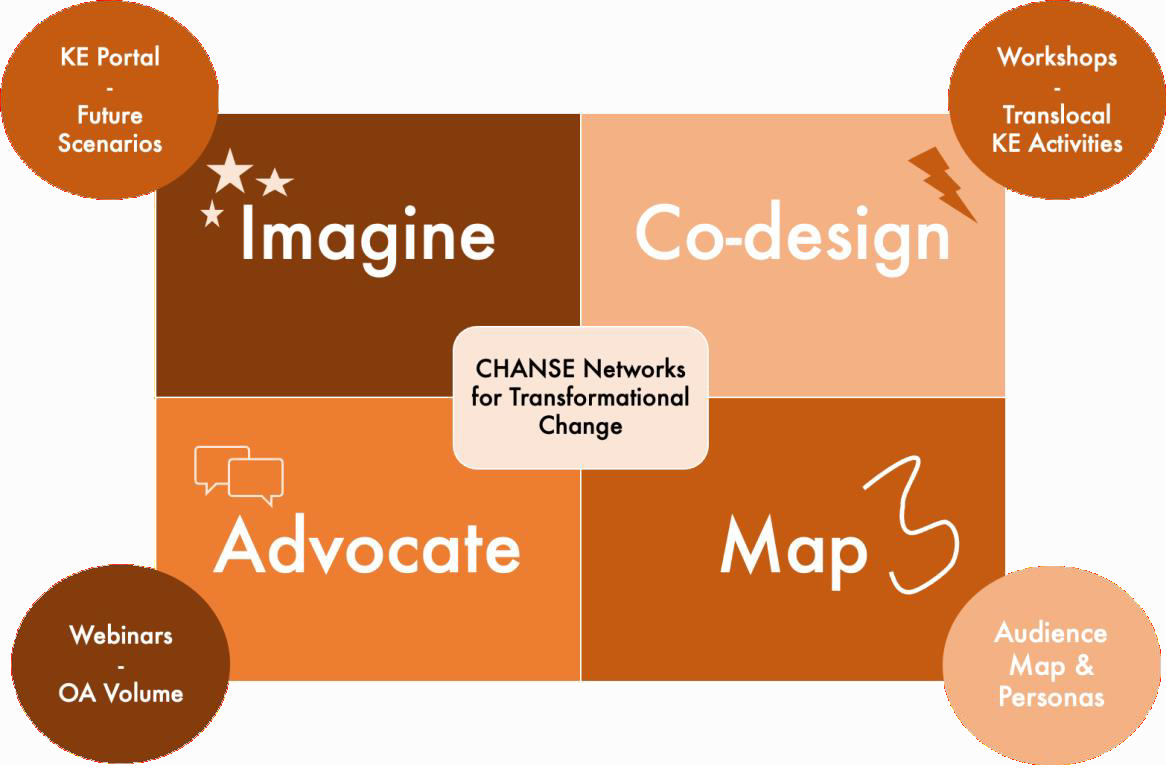
CHANSE Networks for Transformational Change

Description (and logos) from the Networks for Transformational Change page:
"Inspired by efforts to
advance democratic innovation (Whittington
2022) and radical transitions (Loorbach
2022), and guided by design justice methodologies (e.g.,
Costanza
Chock 2020), CHANSE Networks for Transformational Change brings
together CHANSE project researchers, external participants and
CHANSE itself to imaginatively explore and chart current and future
scenarios for digital transformation."
Researcher Status:
Co-Investigator, with Dr. Sara Perry (Principal Investigator),
Ayesha Purcell (Research Assistant) and Dr. Blen Taye (alumna);
based at MOLA (Museum of London Archaeology), London, UK.
Duration: 2023-2026
Related Websites:
https://chanse.org/knowledge-exchange/
___________________________________________________________________________________________________________
Archaeology Projects
___________________________________________________________________________________________________________
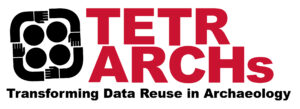
TETRARCHs:
Transforming Data Reuse
in
Archaeology

Description (and logos) from the TETRARCHs About page:
"Today many organisations collect and manage archaeological data to document and preserve our cultural landscapes, sites, and objects. Unfortunately, our current methods can make it difficult to re-use the data to tell stories and share findings in ways that are democratic, engaging and just. In fact, although a lot of work has been done to make archaeology Findable, Accessible and Interoperable (according to the FAIR Principles), little is understood about whether our data are Reusable – and who is using them.
The TETRARCHs project will experiment with approaches to collecting archaeological data and using that data for storytelling in ways that are meaningful for diverse audiences. Our experiments will help both those who preserve our heritage and the huge range of citizens across Europe who value it."
Researcher Status: Research Associate, based at MOLA (Museum of London Archaeology), London, UK.
Duration: 2022-2025
Related Websites: https://www.tetrarchs.org/
___________________________________________________________________________________________________________
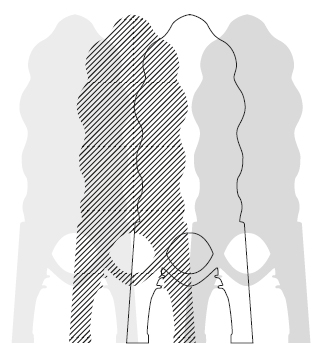
Thronfolger. Replikenwissen
Travelling Thrones. Replica Knowledge
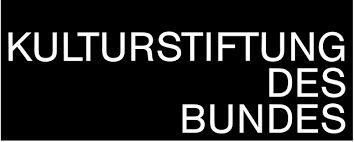
A research and exhibition project
at the Tieranatomisches Theater Exhibition Research Lab,
Helmholtz-Zentrum für Kulturtechnik, Humboldt-Universität zu
Berlin, Germany.
Funded by the International Museum
Fellowship programme of the German Federal Cultural Foundation. The
project manager was Felix Sattler.
Researcher Status: International Research Fellow, 'Thronfolger, Replikenwissen' Project; Permanent Fellow, Cluster of Excellence 'Image Knowledge Gestaltung. An Interdisciplinary Laboratory', Humboldt-Universität zu Berlin.
Duration: 2016-2017
Related Websites: http://www.fellow-me.de/fellows/anna-simandiraki-grimshaw/
Latest Outcomes:
Sattler F., Simandiraki-Grimshaw
A. 2018, ‘Replica Knowledge, Travelling Thrones’,
in Brenna B., Christensen H.D., Hamran O. (eds.), Museums
as Cultures of Copies, The Crafting of Artefacts and
Authenticity, London and New York: Routledge:
99-115.
Simandiraki-Grimshaw A., Sattler F., 2017, "Replica Knowledge: An Archaeology of the Multiple Past", exhibition at the Tieranatomisches Theater, Humboldt University, Berlin, Germany, 15/9/2017-31/3/2018.
Simandiraki-Grimshaw A., Sattler F., 2017, 'Travelling Thrones / Replica Knowledge', project presentation and workshop, Symposium Bridging Human Clashes – Globale Fragen, lokale Antworten, Fellow Me! Die Mobile Akademie im Programm Fellowship Internationales Museum, German Federal Cultural Foundation (Kulturstiftung des Bundes), Berlin, Germany, 23–25 March 2017. Download presentation here.
Simandiraki-Grimshaw A. 2017, Fellow-Me interview, Symposium Bridging Human Clashes – Globale Fragen, lokale Antworten, Fellow Me! Die Mobile Akademie im Programm Fellowship Internationales Museum, German Federal Cultural Foundation (Kulturstiftung des Bundes), Berlin, Germany, 23–25 March 2017.
Simandiraki-Grimshaw A.,
Sattler F., 2017, "Replica Knowledge:
Histories, Processes and Identities", symposium at
the Tieranatomisches Theater, Humboldt University, Berlin, Germany,
2/2/2017-4/2/2017.
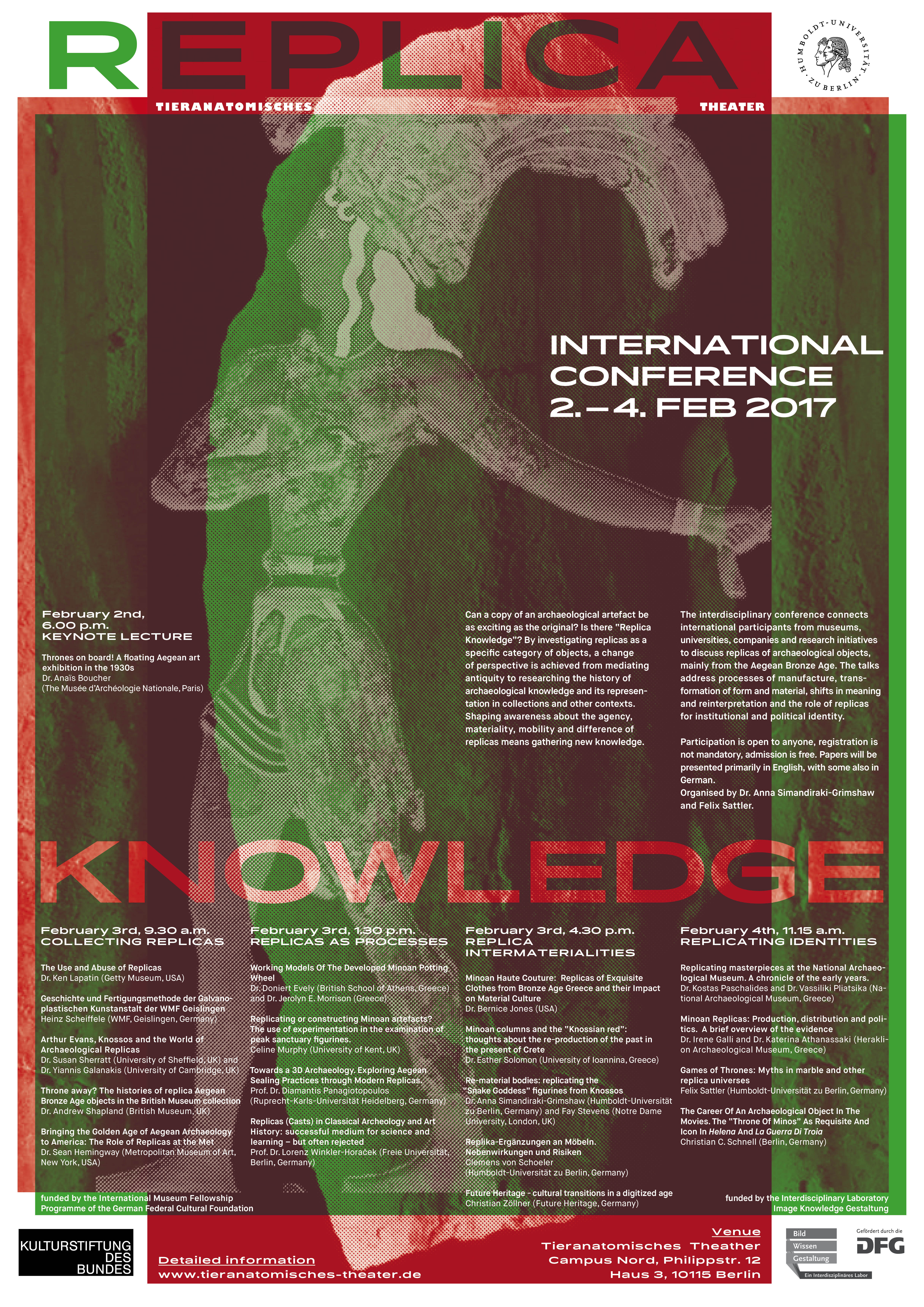
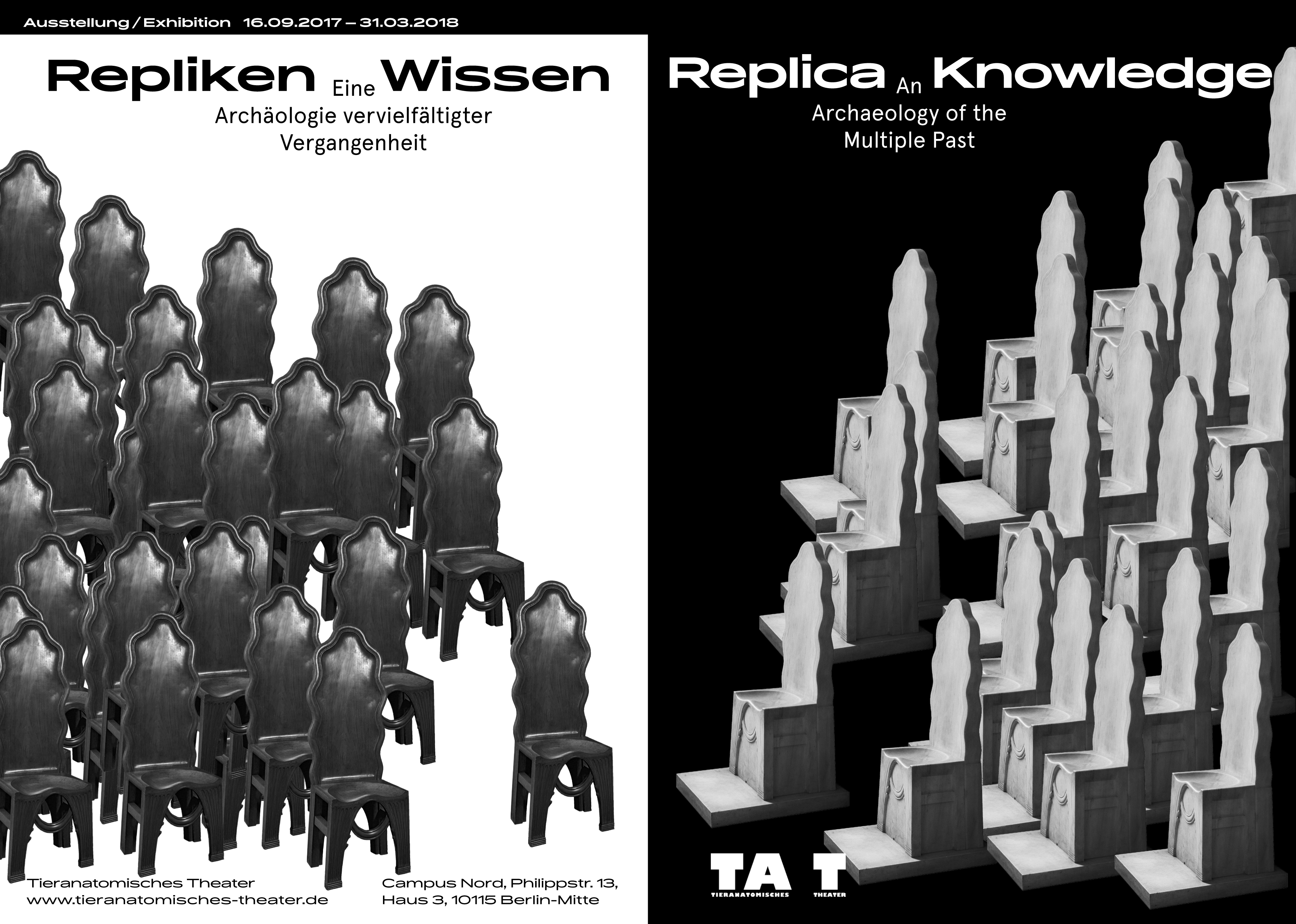
___________________________________________________________________________________________________________

Conceptualising the Minoan Human Body
The human body played a vital role in Bronze Age Cretan social, economic, political and other networks across two millennia. However, most studies on Bronze Age Cretan corporeality have to date mainly focused on iconographies of the human body, or, less so, on skeletal remains. My research seeks to explore ways in which current data can be better combined towards a more comprehensive understanding of the human condition in Bronze Age Crete.
Researcher Status: Principal Investigator (PI).
Duration: 2007 to date
Latest Publications (printed):
Related Projects:
Selected Funding:
Miniature Vessels in Minoan
Crete
Miniature vessels, although ubiquitous, are inadequately defined and studied both in terms of theoretical issues (e.g. miniaturisation), as well as practical ones (e.g. stratigraphy). My research aims to conduct a systematic study and publication of such vessels from Minoan Crete. By meticulously recording and contextualising them, we will gain new, diachronic and site-specific knowledge about artistic and economic issues in Minoan societies, perhaps even issues of age and gender.
Researcher Status: Principal Investigator (PI).
Duration: 2006 to date
Latest Publications (printed):
Related Projects (miniature vessels used from these projects):
Selected Funding:
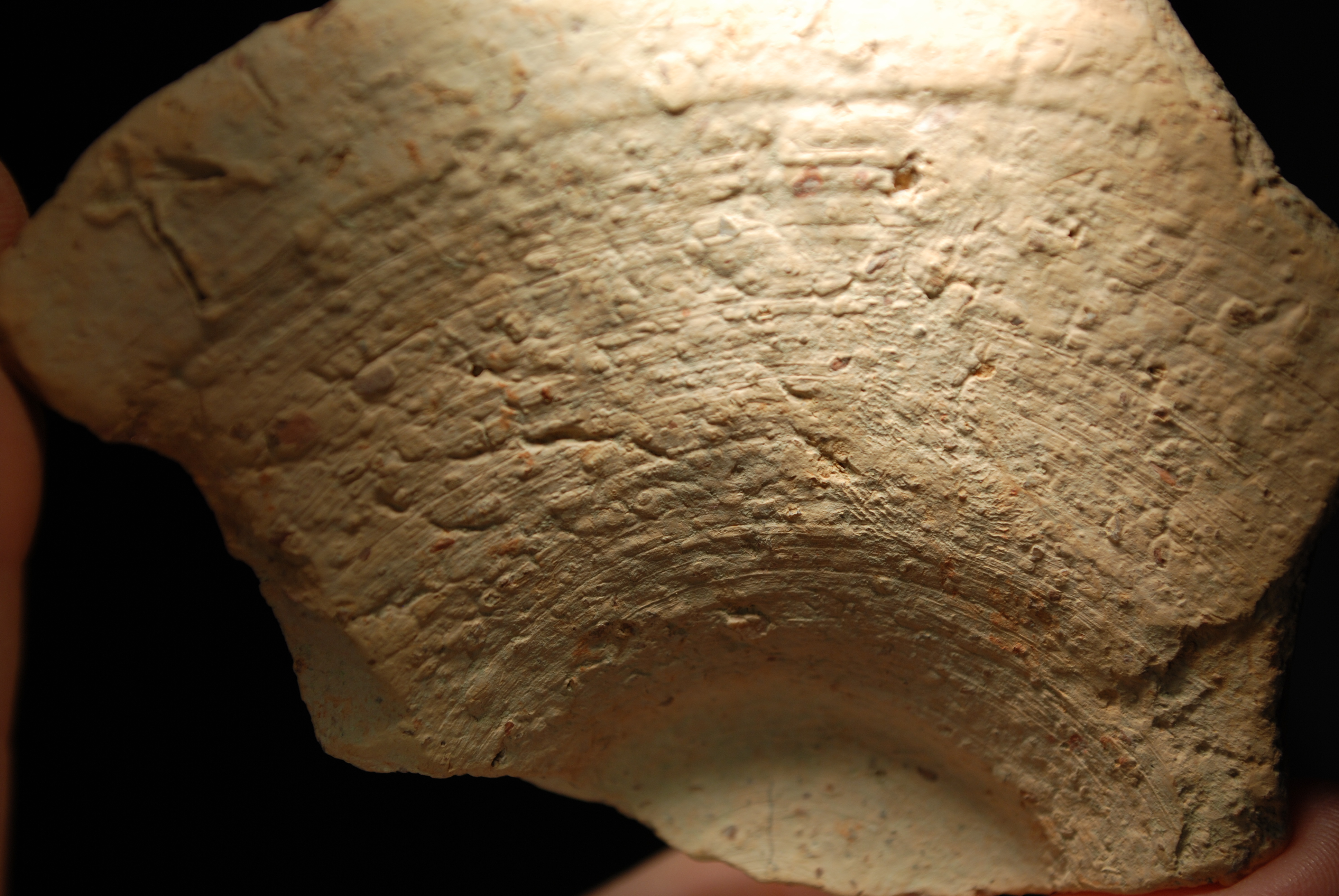
The Galatas Minoan Palace and City publication project
The Galatas Minoan Palace and City excavation and publication
project is directed by Drs. Y. Rethemiotakis and K. Christakis
under the auspices of the Hellenic Ministry of Culture and with
funding from INSTAP. My role within the project is the study and
publication of the Middle Minoan III pottery and the miniature
vessels.
Middle Minoan III has seen renewed interest in the bibliography recently, for two main reasons: a) the fact that it represents the transition between the Old and the New Palace periods in Crete, therefore holding valuable clues as to societal and economic shifts; b) the continuing elusion of its clear stratigraphic boundaries, which would help elucidate those shifts. The MMIII deposits at the Palace of Galatas are exceptional in their nature and stratigraphy. It is therefore hoped that this subproject, focusing as it does on clearly stratified and carefully excavated MMIII assemblages, will clarify many important issues connected to this transition.
Researcher Status: project member; PI for MMIII pottery and miniature vessels.
Duration (researcher involvement): 2009 to
date
Latest Publications (printed):
Selected Funding:
The Petras
Minoan
Palace
and
Cemetery
publication
project
The Petras Minoan Palace and Cemetery excavation
and publication project is directed by Dr. M. Tsipopoulou under the
auspices of the Hellenic Ministry of Culture and with funding from
INSTAP. My role within the project is the study and publication of
the miniature vessels, figurines and plastic
vesssels.The Petras material, although not
extensive, is nevertheless really significant in the study and
comprehension of such classes of artefacts. It is already becoming
apparent that the detailed examination of the techniques,
variability, context and palatial provenance of the Petras
specimens will add hitherto undetected pieces in the puzzle of
their significance as artefacts and
concepts.
Researcher Status: project member; PI for miniature vessels, figurines and plastic vessels.
Duration (researcher involvement): 2007 to
date
Latest Publications (printed):
Related Projects:
Selected Funding:
Reception of (Minoan)
Archaeology
Archaeology is always involved in a complex network of often conflicting identities, both in the past and the present. My research in this area explores the manifold ways in which archaeology and identity interact. This includes the development, ontologies and assumptions of artefactual databases; heritage micropolitics; disenfranchisement; boundaries of archaeological identity; as well as nationalism, branding, politics etc.
Researcher Status: Principal Investigator (PI).
Duration: 2004 to date
Latest Publications (printed):

Archaeological Pedagogies
I am also fascinated by a sub-set of the archaeology and identity thread, the interplay of education and archaeology. I pursue this principally within the Greek context, but also in contexts where international education and multiculturalism are more prominently involved.
Researcher Status: Principal Investigator (PI).
Duration: 2004 to date
Latest Publications (forthcoming):
Archaeology Fieldwork & Museum
Work

EXCAVATIONS
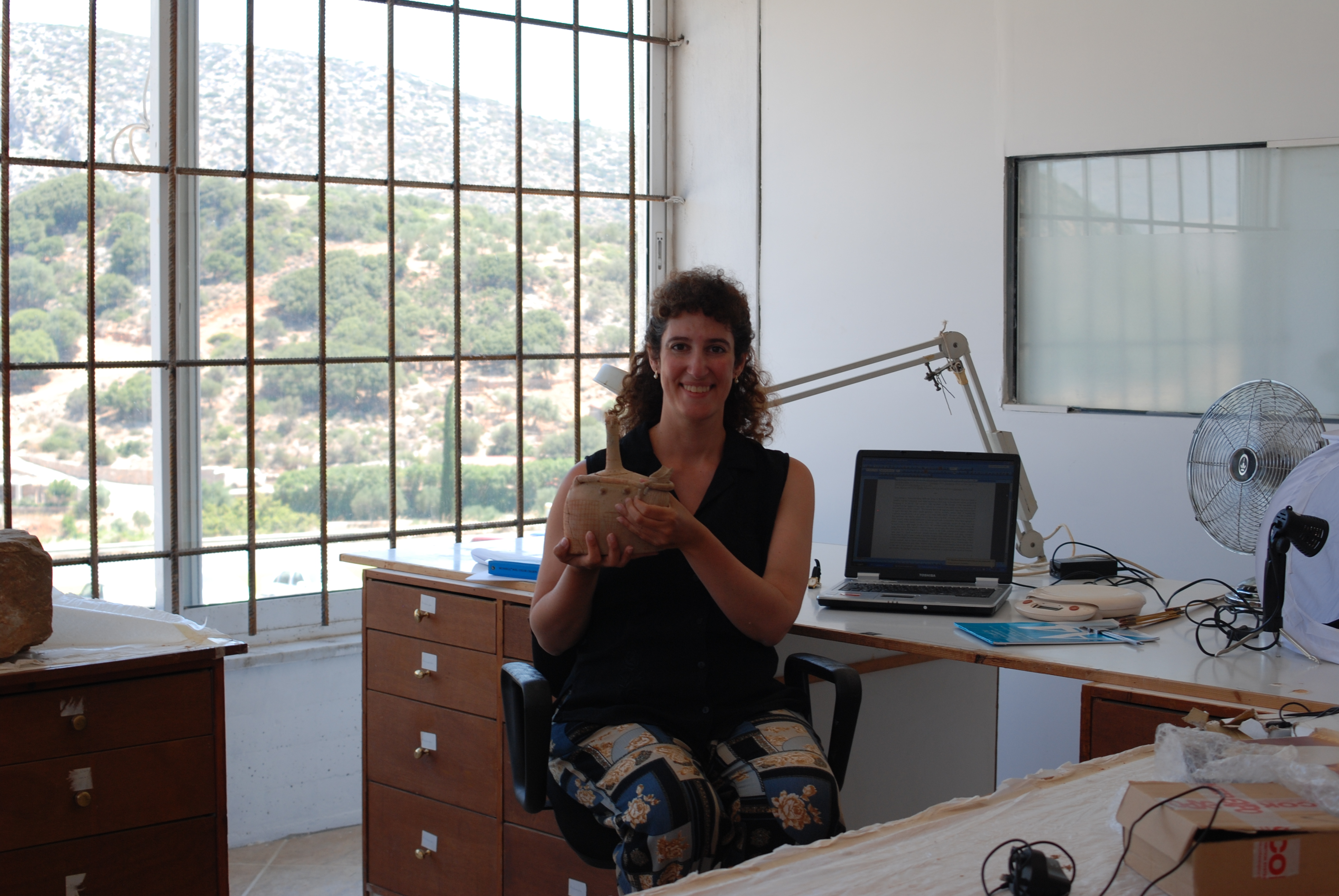
ARTEFACT STUDIES
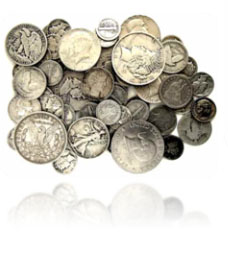
International Education
Projects

International Education
Fieldwork
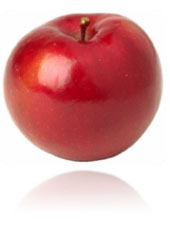
Last updated 24/10/2023
<script src="http://www.google-analytics.com/urchin.js" type="text/javascript">
</script>
<script type="text/javascript">
_uacct = "UA-1779647-1";
urchinTracker();
</script>